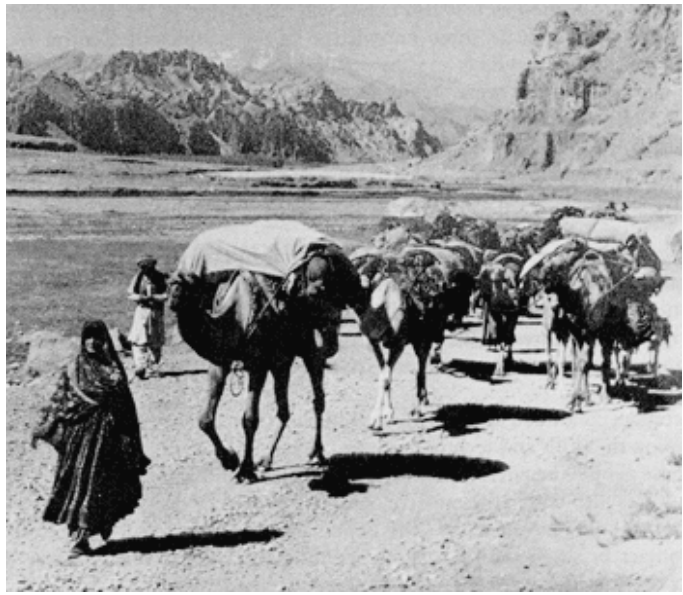
The Pre-Modern World
The Making Of Global World of Class 10
The Pre-Modern World
(i) Travelers, traders, priests and pilgrims travelled vast distances in search of knowledge, opportunity, and spiritual fulfillment or to escape persecution. They carried articles, values and skills, even including diseases.
(ii) The Harappan people used coastal regions for sea trade as early as 3000 B.C. They traded with Mesopotamia and for centuries, cowries or seashells from the Maldives were used as form of currency between China and East Africa.
(iii) India's global link was firmly established by the thirteenth century.
SILK ROUTES LINK THE WORLD:
- Silk routes represent the path along which the movement of goods and people took place from one country of the continent to another.
- Historians have identified several silk routes, over land and sea, knitting together vast regions of Asia and linking Asia with Europe and Northern Africa.
They are known to have existed since before the Christian Era. They existed till the fifteenth century.

Cargo through Silk Route
- Pottery, textiles and spices used to move from India and Southeast Asia. In return, precious metals like gold and silver flowed from Europe to Asia. The silk routes are a good example of flourishing pre-modern trade and cultural links between distant regions of the world.
- The name ‘silk routes’ points to the importance of west-bound Chinese silk cargoes along this route.
- Trade and cultural exchanges always go hand in hand. Buddhism emerged from eastern India and spread in several directions through intersecting points on the silk routes.
- Christian missionaries traveled on this route to Asia. Muslim preachers also traveled on this route.
TRAVEL OF FOOD:
Traders and travelers introduced new crops to the lands they traveled. Even ‘ready’ foodstuff in distant parts of the world might share common origins. Take spaghetti and noodles. It is believed that noodles traveled west from China to become spaghetti. Or, perhaps Arab traders took pasta to fifth-century Sicily, an island now in Italy. Similar foods were also known in India and Japan, so the truth about their origins may never be known. Yet such guesswork suggests the possibilities of long-distance cultural contact even in the pre-modern world.
Many of our common foods such as potatoes, soya, groundnuts, maize, tomatoes, chillies, sweet potatoes, and so on were not known to our ancestors until about five centuries ago. These foods were only introduced in Europe and Asia after Christopher Columbus accidentally discovered the vast continent that would later become known as the Americas(Includes Modern day North and South America and Caribbean Islands)
CONQUEST, DISEASE AND TRADE:
(i) The pre-modern world shrank greatly in the sixteenth century after European sailors found a sea route to Asia and also successfully crossed the western ocean to America. For centuries before, the Indian Ocean had known a bustling trade. The entry of the Europeans helped expand or redirect some of these flows towards Europe.
(ii) From the sixteenth century America's vast lands and abundant crops and minerals began to transform trade and lives everywhere.
(iii) Mining of precious metals from present day Peru and Mexico enhanced Europe's wealth and financed its trade with Asia. Legends spread in seventeenth-century Europe about South America's fabled wealth. Many expeditions set off in search of El Dorado, the fabled city of gold.
(iv) European conquest was not just a result of superior firepower. Most powerful weapon of the Spanish conquerors was the germs such as those of smallpox that they carried on their person. Because of their long isolation, America's original inhabitants had no immunity against these diseases. Smallpox, once introduced spread deep into the continent, ahead even of any Europeans reaching there, it killed and decimated whole communities, paving the way for conquest.
(v) Poverty, Hunger, Crowded cities, deadly diseases, Religious conflicts and prosecution of religious dissenters forced thousands of Europeans to flee Europe for America.
(vi) From the fifteenth century, China restricted overseas contacts and retreated into isolation. China's reduced role and the rising importance of the Americas gradually moved the centre of world trade westwards. Europe now emerged as the centre of world trade.







